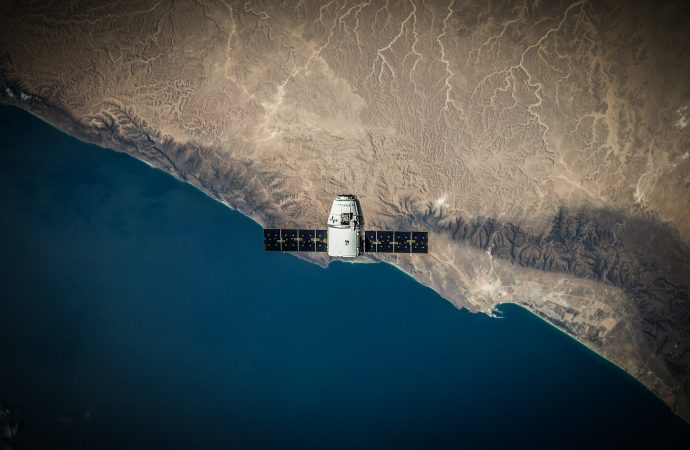The recent failed launch of a SpaceX Falcon 9 rocket has raised eyebrows and sparked discussions within the aerospace community. One particular aspect that has drawn attention is the malfunctioning of the rocket’s self-destruct mechanism, which is designed to ensure public safety in the event of a catastrophic failure during a launch. To comprehend the
The recent failed launch of a SpaceX Falcon 9 rocket has raised eyebrows and sparked discussions within the aerospace community. One particular aspect that has drawn attention is the malfunctioning of the rocket’s self-destruct mechanism, which is designed to ensure public safety in the event of a catastrophic failure during a launch. To comprehend the science behind this critical safety feature and the challenges it poses, we delve into the technical intricacies that SpaceX engineers face.
The self-destruct mechanism, often referred to as the “flight termination system” (FTS), is a crucial component of rocket design. Its primary purpose is to destroy a malfunctioning or off-course rocket to prevent it from posing a threat to populated areas or valuable assets on the ground. The FTS is designed to initiate the destruction sequence if anomalies or deviations from the planned trajectory occur.
SpaceX utilizes a pyrotechnic system for its FTS, employing explosive charges to sever crucial connections and break apart the rocket. The mechanism relies on redundant systems to enhance reliability, ensuring that even if one subsystem fails, there is a backup to initiate the destruction sequence.
However, despite meticulous engineering and rigorous testing, failures can still occur. The recent incident with the Falcon 9 rocket shed light on the intricate challenges associated with the FTS. Preliminary investigations suggest that a faulty sensor triggered the premature activation of the self-destruct sequence, leading to the destruction of the rocket and its payload.
One of the key difficulties engineers face is balancing the need for a reliable self-destruct system with the complexities of rocket flight. The system must be designed to detect anomalies accurately and initiate the destruction sequence swiftly, all while avoiding false positives that could result in unnecessary rocket destruction and financial losses.
Furthermore, the self-destruct mechanism must operate under extreme conditions, including intense vibrations, accelerations, and harsh temperatures during launch and ascent. These factors introduce additional challenges in ensuring the system’s robustness and dependability.
To address these challenges, rigorous testing procedures are implemented throughout the rocket’s development and assembly stages. These tests include simulations, ground-based evaluations, and even live-fire exercises to verify the effectiveness of the self-destruct mechanism. The goal is to identify and rectify any potential flaws before the rocket’s actual launch.
SpaceX has been at the forefront of innovation in the aerospace industry, pioneering reusable rocket technology and driving advancements in space exploration. The company’s commitment to safety is evident in its relentless pursuit of refining the self-destruct mechanism. Lessons learned from incidents like this recent failure will undoubtedly contribute to enhancing the reliability and effectiveness of future FTS designs.
It is worth noting that failures are an inherent part of technological progress, and space exploration is no exception. The challenges associated with ensuring public safety in the event of a rocket malfunction are complex and demanding. However, they must be tackled head-on, with transparency and a commitment to continuous improvement.
As investigations into the recent incident unfold, it is crucial to remember that setbacks are opportunities for growth and learning. SpaceX’s dedication to innovation, coupled with a rigorous analysis of the failed self-destruct mechanism, will likely lead to improvements that enhance the safety and reliability of future launches.
In conclusion, the recent failure of SpaceX’s self-destruct mechanism highlights the intricate science behind ensuring safe launches. Balancing the need for a dependable system with the complexities of rocket flight poses significant challenges to engineers. However, through rigorous testing, ongoing analysis, and a commitment to improvement, the aerospace industry continues to evolve and enhance the safety measures that protect both human lives and valuable assets on the ground.





















Leave a Comment
Your email address will not be published. Required fields are marked with *